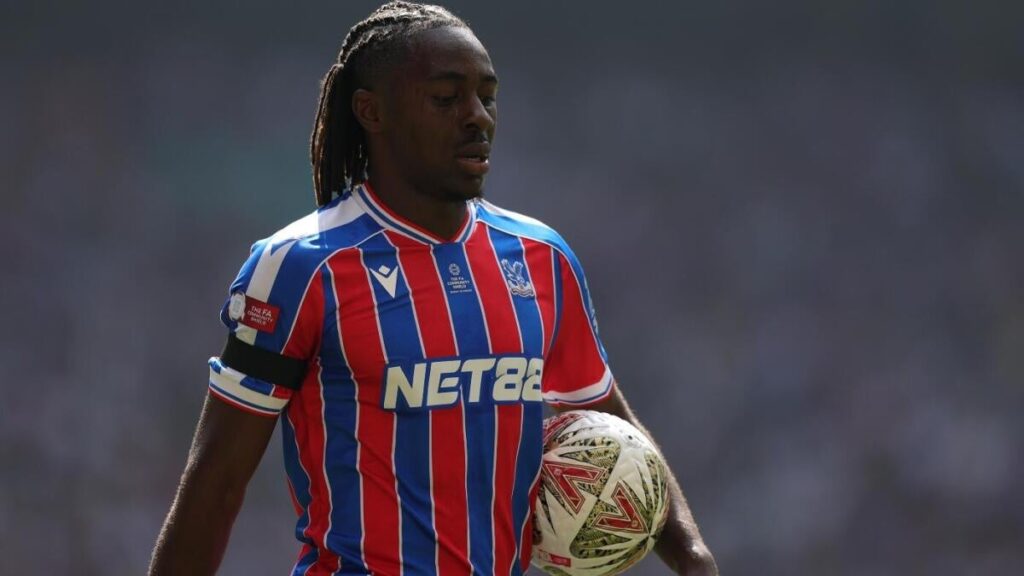Expected to undergo a medical for Arsenal to seal a £60 million deal to leave Crystal Palace, attacking midfielder Eberechi Eze will not feature for Crystal Palace in the UEFA Conference League on Thursday. The Eagles will play Fredrikstad for a place in the league phase of the tournament after being removed from the Europa League due to multi-club ownership rules, but after a discussion between Eze and manager Oliver Glasner, the English international won’t feature ahead of the move, according to Fabrizio Romano.
This has been a fast-moving deal with Arsenal swooping in after Kai Havertz suffered a knee injury, and the Gunners wanted to get someone in who could help the attack immediately. Eze may not be a striker who would directly replace Havertz in the XI, but with 19 league goals since the beginning of the 2023-24 Premier League season, he’ll bring goals to North London as well. But with Palace taking part in the Conference League and him being named to the squad, will that impact Eze’s eligibility for Champions League play?
UCL eligibility
Since Eze won’t be playing, he won’t be cup-tied to Crystal Palace for the Conference League and technically would be eligible to represent any other club in that tournament, but it doesn’t apply for the Champions League. With moving from a Conference League side to a Champions League side, Eze can join and be registered for Arsenal’s UCL squad with no issue. Since that squad has yet to be submitted to UEFA, there’s nothing that would stop Arsenal from ensuring that he is included.
What about other transfer quirks?
If something were to happen where Arsenal decide to move Eze in January, while that would be allowed, he wouldn’t be able to feature for a third club despite being allowed to move. Having already featured for Crystal Palace, and with the safe assumption that he would feature for Arsenal, that would bring the FIFA two-team rule into play. Established in 2008, the rule states that, “Players may be registered for a maximum of three clubs during the period from 1 July until 30 June of the following year. During this period, the player is only eligible to play in official matches for two clubs.”

